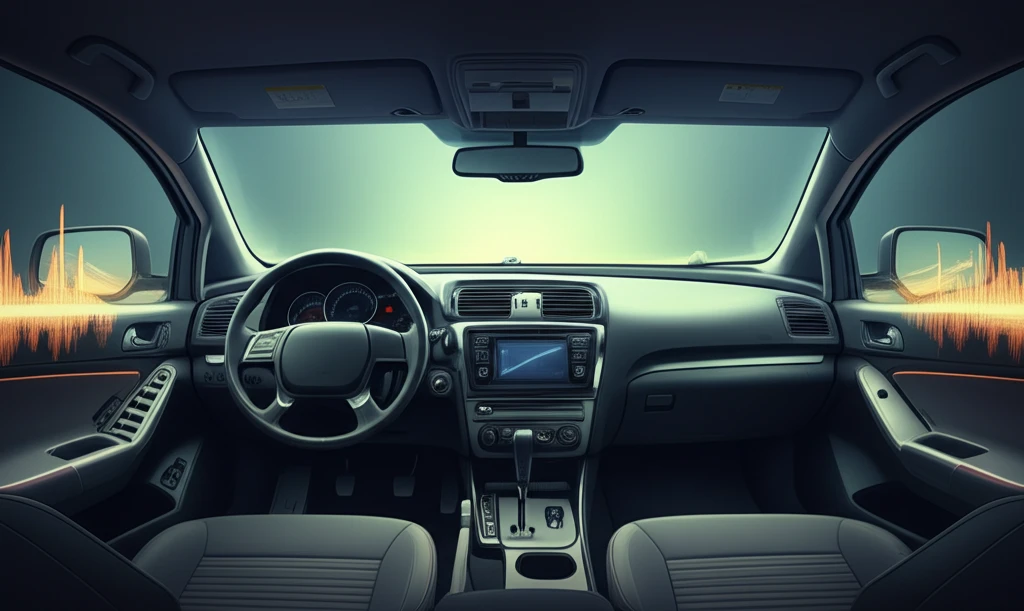
The Secret Hack to Sharper Hearing Tests: Why a Car Ride Could Be the Missing Key
"Skip the sterile lab for now. New research reveals how a simple pre-test car ride can drastically improve the accuracy and consistency of listening assessments, potentially saving you time and money. Discover the multisensory secret behind better hearing test results."
Imagine trying to judge the quality of a gourmet meal while blindfolded in a noisy cafeteria. Impossible, right? The same principle applies to laboratory listening tests, especially when assessing the sound quality of something like a car interior. While these tests offer efficiency and control, they often strip away the crucial context of the real-world driving experience.
Traditionally, these tests rely on recordings played back in a lab setting, asking participants to evaluate sounds in isolation. But what if the key to more accurate results lies in bridging the gap between the artificial lab environment and the authentic, multisensory experience of being in a car? How much better and accurate results are when there is a multi-sensory experience?
That's precisely what a team of researchers from Luleå University of Technology and Volvo Car Corporation set out to investigate. Their groundbreaking study reveals a simple yet powerful technique to enhance the precision of laboratory listening tests: a car ride before the test. Let's dive into why this works and what it means for the future of auditory testing.
Why Your Brain Needs the Open Road: The Multisensory Advantage

The study's core idea revolves around the concept of multisensory perception – the understanding that our senses don't operate in isolation. What we hear is profoundly influenced by what we see, feel, and even smell. Think about the difference between hearing a loud bang in your kitchen versus hearing the same bang while watching an action movie. The context drastically alters your perception.
- Two groups of participants were recruited.
- Group A underwent conventional training inside the lab.
- Group B experienced a training session that including assessment of the car's sound quality while driving.
- Both groups then completed the same sound quality assessment test in the lab, using headphones to listen to recorded car sounds.
- The sounds included constant speeds (50 km/h and 80 km/h) and accelerations.
- Participants judged the sounds using semantic differential scales (like Quiet-Loud, Refined-Harsh)
The Road Ahead: Implications for Better Sound Design and Beyond
This study has significant implications for the automotive industry and any field relying on auditory evaluations. By incorporating a real-world familiarization step, manufacturers can obtain more reliable data on customer preferences, leading to better sound design and improved product satisfaction. It also highlights the crucial role of multisensory experiences in shaping our perceptions and judgments. So, next time you're heading into a listening test, remember: a quick car ride might be the key to unlocking sharper, more accurate results.
